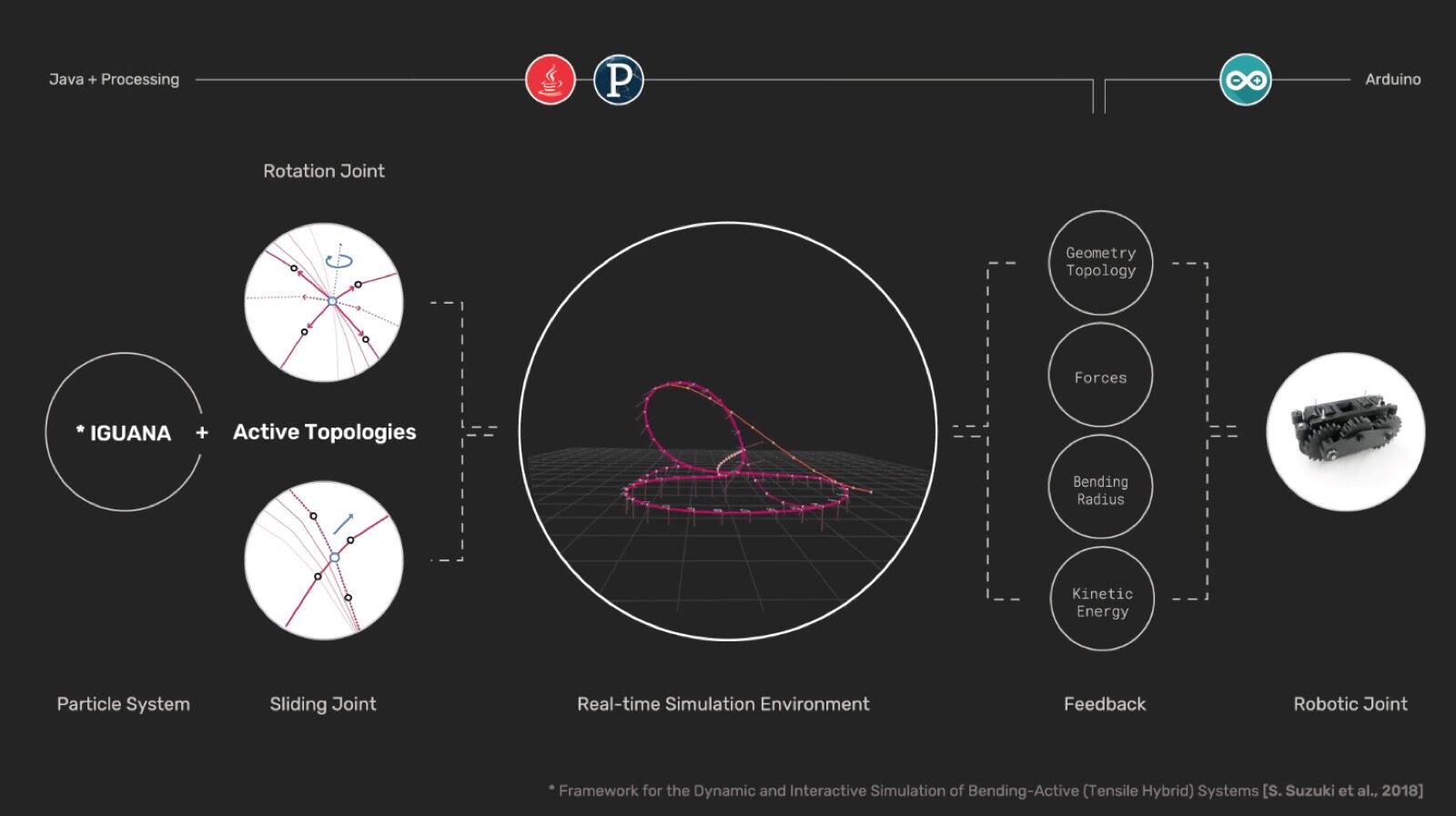

Such conditional substitution semantics are captured using a concepts substitutability enhanced graph required to be part of application domain ontologies. To overcome such limitation, this paper proposes a novel approach for automatic adapter generation that uses conditional substitution semantics between application domain concepts and operations to automatically generate the adapter conversion functions. Existing approaches for automatic adapter generation are syntactic and very limited hence they cannot be adopted in such dynamic environments.

However, such conversion adapters must be automatically created on the fly as chosen services are only known at run time. One approach for overcoming this problem is to use conversation adapters. As services are chosen on the fly, service conversations are not necessarily compatible due to incompatibilities between services signatures and/or conversation protocols, creating obstacles for realizing the IoS vision. Such chosen services should automatically interact with one another in a transparent manner to accomplish the required users' goals. Internet of Services (IoS) vision allows users to allocate and consume different web services on the fly without any prior knowledge regarding the chosen services. Static and dynamic uses of these protocol specifications are then described. We present one possible way in which such descriptions could be provided for Web services, using path expressions that can show the order in which the various operations of a Web service can and should be invoked. Although business process description languages like BPEL4WS or WSCI can express such descriptions, these are procedural descriptions, not necessarily appropriate for specification purpose. The use of pre/post-conditions, however, is not sufficient to describe the semantic of a group of related operations, for example, to describe the legal sequences in which these oper- ations can/should be used.
Interface choreograph and webots verification#
We present a number of ways in which pre/post-conditions could be introduced into Web services descriptions, for specification as well as dynamic verification purpose.

One possible step toward providing semantic information for Web services is through the use of formal contract specification-that is, using pre/post-conditions. One important issue for ensuring the growth of Web services is having ways of describing the available Web services in a precise way. Web services are emerging as a key infrastructure for providing inter-operation between applications and systems and for providing support for the deployment of e-commerce business processes. Excerpts from a WSCI example (taken from ). This port type references the operations the Travel Agent performs with the Traveler service 4. Table of Contents Web Service Choreography Interface 1.0 l Authors l Status l Abstract l 1.2 The Reference Framework m 1.3.1 The current Web Services stack n 1.3.2 The need for describing complex interactions n m 1.4 Challenges m 1.6.1 Relationship to Web Service Description Language (WSDL) n 1.6.2 Relationship to Implementat. This description enables developers, architects and tools to describe and compose a global view of the dynamic of the message exchange by understanding the interactions with the web service. Rather, the goal of WSCI is to describe the observable behavior of a Web Service by means of a message-flow oriented interface. WSCI does not address the definition and the implementation of the internal processes that actually drive the message exchange. WSCI also describes the collective message exchange among interacting Web Services, thus providing a global, message-oriented view of the interactions. This is expressed in terms of temporal and logical dependencies among the exchanged messages, featuring sequencing rules, correlation, exception handling, and transactions. WSCI describes the observable behavior of a Web Service. WSCI works in conjunction with the Web Service Description Language (WSDL), the basis for the W3C Web Services Description Working Group it can, also, work with another service definition language that exhibits the same characteristics as WSDL. WSCI describes the dynamic interface of the Web Service participating in a given message exchange by means of reusing the operations defined for a static interface. The Web Service Choreography Interface (WSCI) is an XML-based interface description language that describes the flow of messages exchanged by a Web Service participating in choreographed interactions with other services.


 0 kommentar(er)
0 kommentar(er)
